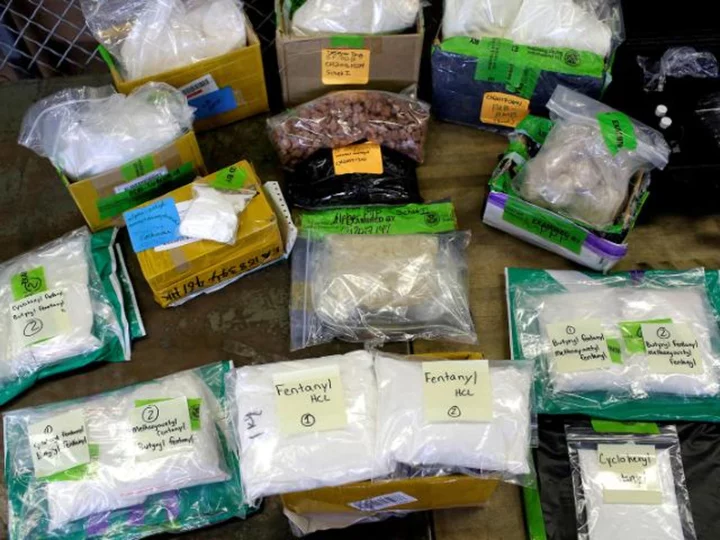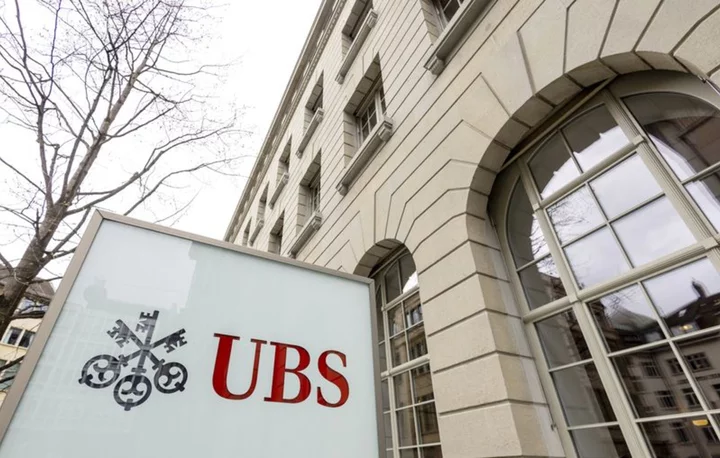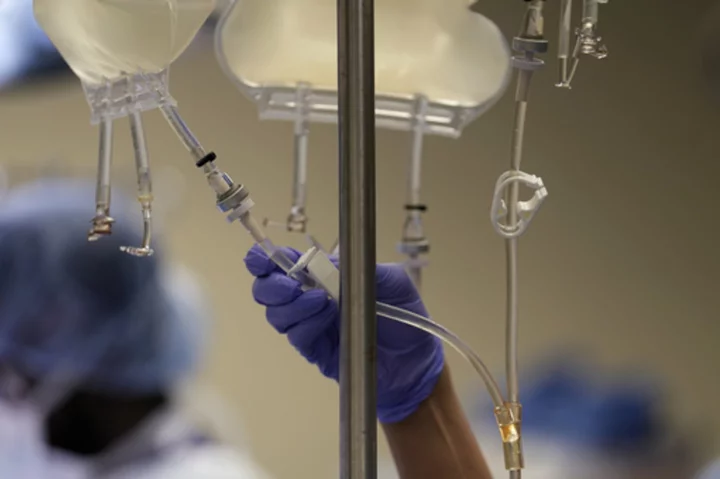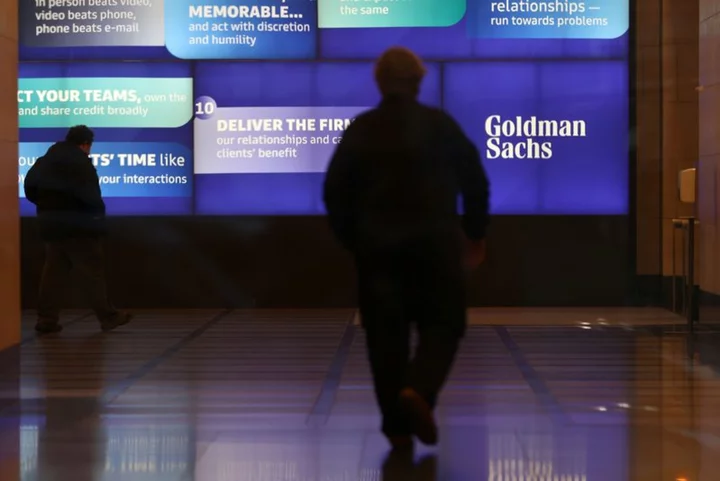By Howard Schneider and Ann Saphir
WASHINGTON (Reuters) -Federal Reserve policymakers look increasingly comfortable closing out the year with interest rates on hold and the clock ticking on the timing of the U.S. central bank's first cut as they try to engineer a "soft landing" for the economy.
"Inflation rates are moving along pretty much like I thought," Fed Governor Christopher Waller, a hawkish and influential voice at the central bank, told the American Enterprise Institute think tank on Tuesday.
"I am increasingly confident that policy is currently well positioned to slow the economy and get inflation back to 2%," he said, and also "reasonably confident" of doing so without a sharp rise in the unemployment rate, now at 3.9%.
If the decline in inflation continues "for several more months ... three months, four months, five months ... we could start lowering the policy rate just because inflation is lower," he said. "It has nothing to do with trying to save the economy. It is consistent with every policy rule. There is no reason to say we will keep it really high."
Additional Fed rate increases remain a possibility if upcoming data includes an unexpected resurgence of price pressures, he said. And an unforeseen shock could "blow up" the soft-landing scenario, he said.
His remarks overall laid out why he feels rates probably won't need to move higher and may well be heading down next year. Bond yields fell after the comments, and investors moved to price a bigger chance of rate cuts starting in May and dropping more than a full percentage point in 2024.
The Fed held its benchmark overnight interest rate steady in the 5.25%-5.50% range at the end of its Oct. 31-Nov. 1 policy meeting, and analysts overwhelmingly expect the same outcome at the Dec. 12-13 meeting.
Waller's comments included the caveats that are now standard in public appearances by Fed officials.
"Inflation is still too high, and it is too early to say whether the slowing we are seeing will be sustained," he said. "There is still significant uncertainty about the pace of future activity, and so I cannot say for sure whether the (Federal Open Market Committee) has done enough to achieve price stability."
This week marks the final chance for Fed policymakers to set out their views publicly before their usual pre-meeting communications blackout goes into effect; Fed Chair Jerome Powell will likely have the last word with remarks on Friday at Spelman College in Atlanta.
'FAIRLY TIGHT' JOB MARKET
Speaking at a Utah Bankers Association meeting in Salt Lake City, Fed Governor Michelle Bowman took those doubts further, raising a series of questions about the durability of progress on inflation, which has fallen, by the Fed's preferred measure, from a high of 7.1% last summer to a recent reading of 3.4%.
"My baseline economic outlook continues to expect that we will need to increase the federal funds rate further to keep policy sufficiently restrictive to bring inflation down to our 2% target in a timely way," Bowman said.
But even Bowman, who like Waller is among the Fed's most hawkish officials, stopped short of outright calling for a further increase in the policy rate. She said, like Waller, that it will depend on economic data.
Chicago Fed President Austan Goolsbee, in brief remarks at a separate event, repeated his view that inflation looks set to decline this year at its sharpest pace in more than 70 years.
New inflation data will be released on Thursday, and policymakers will also have a fresh monthly jobs report and other data in hand before they gather next month.
Waller pointed to healthy recent data that have already moved in the Fed's direction, with consumer prices coming in flat in October, retail spending weakening, and a slow easing in wage growth.
The job market remains "fairly tight" and bears watching, he said, while a recent drop in long-term market interest rates has tempered some of the credit tightening the Fed relies on to slow the economy.
But long-term interest rates "are still higher than they were before the middle of the year, and overall financial conditions are tighter, which should be putting downward pressure on household and business spending," Waller said.
A majority of households still see rates higher next year than now, a survey from the Conference Board released earlier on Tuesday showed, but that share - at 56% - is the lowest in two years.
(Reporting by Howard Schneider, Ann Saphir and Lindsay Dunsmuir; Editing by Andrea Ricci and Paul Simao)









